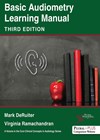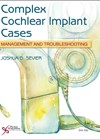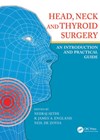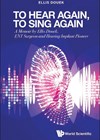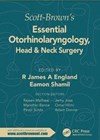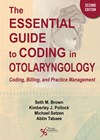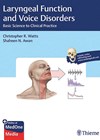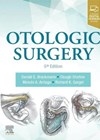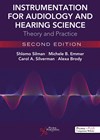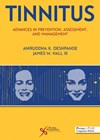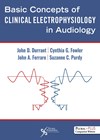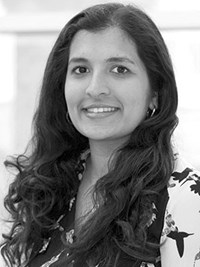
Book Reviews archive for 2023
Basic Audiometry Learning Manual - Third Edition
Unfamiliar with the first and second editions, it was a pleasure to review the third edition of the Basic Audiometry Learning Manual. As with many of such books available to the market, and as one would expect, there is a...
Complex Cochlear Implant Cases – Management and Troubleshooting
When working with cochlear implant (CI) recipients who are not responding as well as expected or their case incorporates new challenges for the audiologist, the common response is a quick panic, closely followed by a question: what do we do...
Head, Neck and Thyroid Surgery: An introduction and practical guide
This is an outstanding practical guide to head, neck, thyroid and parathyroid surgery for the trainee starting in the head and neck rotations but also preparing for board college exams such as the MRCS, FRCS or the EBEORL. The authors...
To Hear Again, To Sing Again: A Memoir by Ellis Douek, ENT Surgeon and Hearing Implant Pioneer
“The past is a foreign country: they do things differently there.” LP Hartley’s immortal words could have been written for these fascinating reflections on the practice of ear, nose and throat surgery during the second half of the 20th century....
Scott-Brown’s Essential Otorhinolaryngology, Head and Neck Surgery
The three-volume Scott-Brown’s Otorhinolaryngology Head and Neck Surgery is arguably the definitive encyclopaedia of ENT. Its comprehensive nature, however, limits its utility when preparing for examinations. The authors, in creating an “essential” version, have managed to produce an ideal textbook...
The Essential Guide to Coding in Otolaryngology: Coding, Billing, and Practice Management - Second Edition
Medical coding has been complex, evolving, and less understood by many, although it affects every medical practitioner practice in the United States. This book presents with the essentials of coding and billing for the otolaryngologist, thereby making it efficient and...
Laryngeal Function and Voice Disorders
This is a detailed, 323-page resource covering laryngeal function and voice disorders, basic science and clinical assessment. Spanning nine chapters, the authors cover the anatomy and physiology of phonation, survey of voice disorders, voice diagnostics, acoustic analysis, aerodynamic analyses, endoscopy...
Medicine in the Mountains
This is an easy-to-read paperback with interesting accompanying photographs. Its focus is one of the UK-based teams who have done considerable healthcare work in Nepal. Written by David Hawker, a British anaesthetist, we see the story unfold through his eyes....
Otologic Surgery - 5th Edition
Otologic Surgery 5th Edition, edited by Derald Brackmann, Clough Shelton, Moises Arriaga and Richard Gurgel, is a textbook masterpiece. The book is written in tribute to the editors’ mentors: Drs Howard House, William House and James Sheehy, whose pioneering work...
Instrumentation for Audiology and Hearing Science: Theory and Practice - Second Edition
This book is informative, with concise explanations of basic principles of physics and technology aiding the reader in understanding how these are related to instrumentation used within audiology and scientific aspects of hearing. A valuable text to have on the...
Tinnitus – Advances in Prevention, Assessment, and Management
This is a softcover volume, broken down into six sections over 406 pages printed in greyscale. The book is edited by AK Deshpande and JW Hall III, written by a large number of international experts in the field, and reviewed...
Basic Concepts of Clinical Electrophysiology in Audiology
Signal averaging principles have been around since 1875, but their application in medicine to enhance biologic signals was first made in 1947 for improved detection of electroencephalographic signals. It took a few more years until the first electrophysiological studies were...

